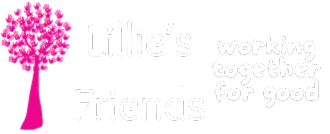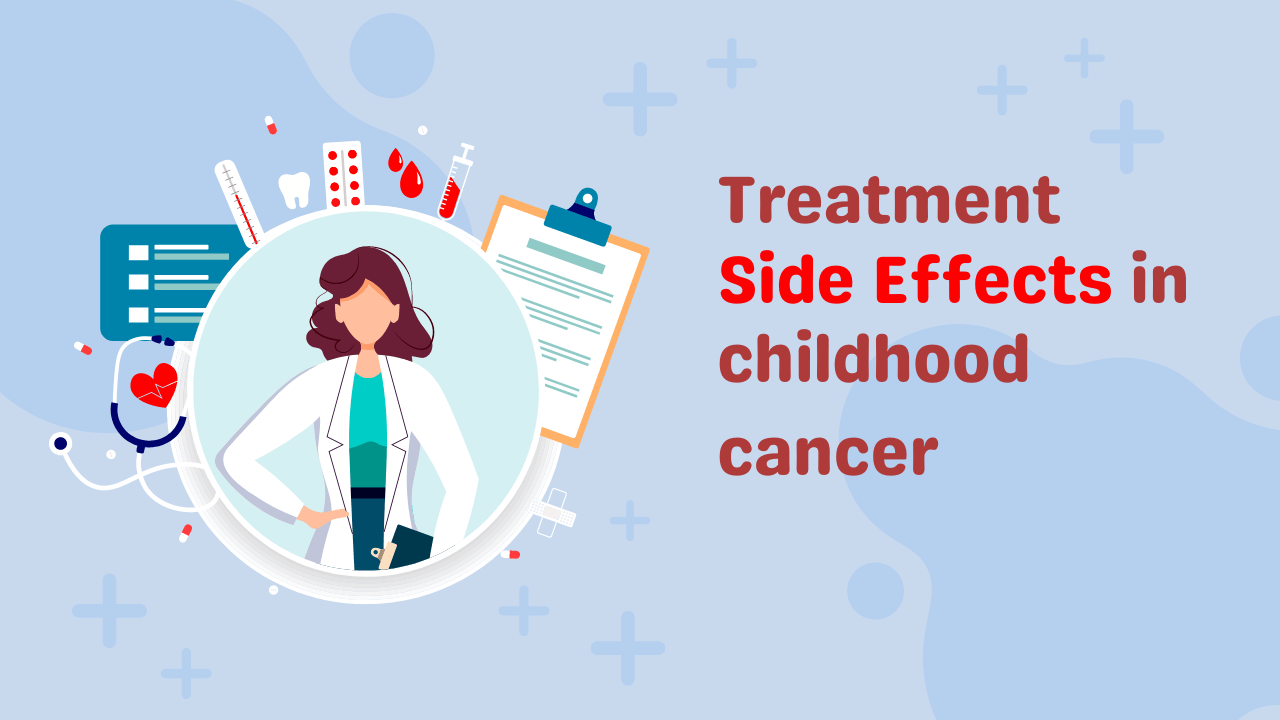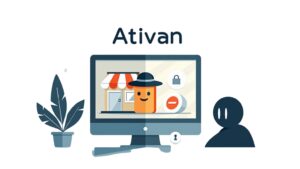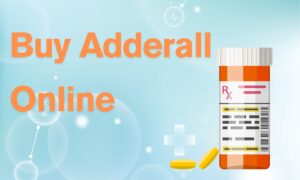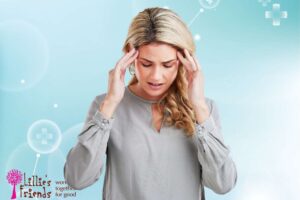Treatment for childhood cancer, while essential for fighting the disease, can often lead to a range of side effects due to the aggressive nature of the therapies involved. These side effects can vary depending on the type of treatment, the specific cancer being treated, and the individual child’s response to treatment.
Treatment for childhood cancer, while essential for fighting the disease, can often lead to a range of side effects due to the aggressive nature of the therapies involved. These side effects can vary depending on the type of treatment, the specific cancer being treated, and the individual child’s response to treatment.
Nausea and Vomiting:
Nausea and vomiting are common side effects of chemotherapy and other cancer treatments, both in children and adults. These side effects can significantly impact a child’s comfort and well-being during their cancer journey. The medical term for this phenomenon is “chemotherapy-induced nausea and vomiting” (CINV). Here’s some information on managing nausea and vomiting during childhood cancer treatment:
Prevention is Key:
It’s often easier to prevent nausea and vomiting than to treat it once it occurs. Your child’s healthcare team will work to create a treatment plan that includes anti-nausea (anti-emetic) medications to be taken before and after chemotherapy sessions.
Individualized Approach:
Each child may react differently to chemotherapy, so the healthcare team will tailor the anti-nausea regimen to the child’s needs and the specific chemotherapy drugs being used.
Medications:
Anti-nausea medications can include a range of drugs such as ondansetron, granisetron, metoclopramide, and dexamethasone. These drugs work by targeting different pathways in the body that trigger nausea and vomiting.
Combination Therapy:
Depending on the child’s risk factors and the type of chemotherapy, a combination of anti-nausea medications may be prescribed to provide better control.
Schedule and Dosage:
The timing and dosage of anti-nausea medications are important. Some medications are taken before chemotherapy sessions, while others may be given afterward. Adhering to the prescribed schedule is essential for effective symptom control.
Non-Drug Approaches:
In addition to medications, non-drug approaches can be helpful in managing nausea and vomiting. These may include relaxation techniques, distraction, aromatherapy, and acupressure bands.
Hydration and Nutrition:
Maintaining proper hydration and nutrition can help minimize the impact of nausea and vomiting. Your child’s healthcare team can provide guidance on dietary choices that are easier to tolerate during treatment.
Open Communication:
It’s crucial for children to communicate with their healthcare team about the severity of their nausea and vomiting. Adjustments to the treatment plan can be made if the side effects are not well controlled.
Emotional Support:
Nausea and vomiting can be distressing for children. Emotional support from family, friends, and even child life specialists can help manage anxiety and stress associated with these symptoms.
Alternative Options:
In cases where traditional anti-nausea medications are not effective, your child’s healthcare team may explore alternative options or adjust the treatment plan.
Fatigue:
Fatigue is a common and often significant side effect experienced by children undergoing cancer treatment. Childhood cancer and its treatments can be physically and emotionally demanding, leading to varying degrees of fatigue. Here’s some information on understanding and managing fatigue during childhood cancer:
Causes of Fatigue:
Fatigue in childhood cancer can have multiple causes, including the cancer itself, the treatments (chemotherapy, radiation therapy), medications, anemia (low red blood cell count), disrupted sleep, emotional stress, and changes in daily routines.
Physical and Emotional Impact:
Fatigue can impact a child’s ability to participate in normal daily activities, school, and social interactions. It can also affect mood and overall quality of life.
Individual Variation:
The degree of fatigue varies from person to person and can even vary for the same person over time. Some children may experience mild fatigue, while others may find it quite debilitating.
Management Strategies:
Rest and Sleep:
Encourage your child to listen to their body and rest when needed. Prioritize good sleep hygiene to ensure they are getting sufficient sleep at night.
Balanced Activity:
Finding a balance between activity and rest is important. Encourage light physical activity when your child feels up to it, but avoid overexertion.
Nutrition:
A healthy diet can help fight tiredness by giving you the energy and nutrients you need. Consulting a registered dietitian can provide guidance on proper nutrition.
Hydration:
Staying hydrated is important for energy levels. Make sure your child gets enough water all day long.
Pacing Activities:
Help your child pace their activities to prevent becoming overly fatigued. Break tasks into smaller, manageable chunks.
Support at School:
Communicate with your child’s school about their fatigue so they can make appropriate accommodations, such as shorter school days or homebound education when needed.
Emotional Support:
Fatigue can lead to frustration and mood changes. Offer emotional support and encourage open communication about how your child is feeling.
Medical Intervention:
If fatigue becomes severe or persists, discuss it with your child’s healthcare team. They can assess for any underlying medical causes and offer recommendations or interventions.
Psychosocial Support:
Connecting with support groups, therapists, and child life specialists can provide emotional and psychological support for both the child and the family during this challenging time.
Activity Planning:
Work with your child’s healthcare team to plan activities and appointments around their energy levels. Avoid scheduling demanding tasks during times when fatigue is at its peak.
Long-Term Perspective:
As treatment progresses and your child moves into the survivorship phase, fatigue may gradually improve. However, some children may experience lingering effects, so it’s important to continue managing fatigue even after treatment ends.
Hair Loss:
Loss of hair, which is also called alopecia, is a typical side effect of many cancer treatments, like chemotherapy and radiation therapy, that affect both adults and children. Hair loss can be particularly distressing for children undergoing cancer treatment. Here’s some information on hair loss during childhood cancer and how to manage it:
Causes of Hair Loss: Chemotherapy and radiation therapy are designed to target rapidly dividing cells, including cancer cells. Unfortunately, these treatments can also affect healthy cells, including hair follicles, leading to hair loss.
Timing of Hair Loss: The timing of hair loss can vary depending on the type of chemotherapy and the specific treatment regimen. Hair loss often begins within a few weeks of starting treatment.
Extent of Hair Loss: The degree of hair loss can vary. Some children may experience partial hair loss, thinning, or complete baldness. The extent of hair loss depends on the type and dosage of chemotherapy drugs used.
Preparation: Preparing your child for the possibility of hair loss can help them cope better when it occurs. Explain the reasons for hair loss in a simple and age-appropriate way.
Supportive Measures:
Hair Care: Encourage your child to be gentle with their hair. Use mild shampoos and conditioners. Avoid using harsh hair treatments or styling tools.
Wigs and Head Coverings: Some children might choose to wear wigs, hats, scarves, or head wraps to cover their heads. Make it a fun experience by involving them in the process of selecting these items.
Cooling Caps: Cooling caps or scalp cooling systems can sometimes reduce the extent of hair loss during chemotherapy by constricting blood vessels and reducing the amount of chemotherapy reaching the hair follicles.
Sun Protection: If your child’s scalp is exposed due to hair loss, make sure to protect it from the sun using sunscreen or protective clothing.
Normalizing the Experience: Remind your child that hair loss is a temporary side effect of treatment and that their hair will likely start to grow back once treatment is completed.
Peer Support: Connecting with other children who are also experiencing hair loss due to cancer treatment can help your child feel less alone and more understood.
Emotional support: When kids lose their hair, it can be hard for them on an emotional level. Offer emotional support, and let them express their feelings about the changes they’re going through.
Focus on Other Attributes: Encourage your child to focus on their other qualities and attributes that make them special and unique. Remind them that hair does not define their worth.
Post-Treatment Hair Growth: Hair usually begins to grow back a few weeks after completing chemotherapy. Initially, the hair may come in a different texture or color than before, but it often returns to its original state over time.
Low Blood Counts:
Chemotherapy can lower the levels of red blood cells, white blood cells, and platelets, leading to anemia, increased risk of infection, and bleeding problems.
Mouth and Throat Problems: Chemotherapy and radiation therapy can cause sores, ulcers, and dryness in the mouth and throat. Good oral hygiene and special mouthwashes may help manage these issues.
Skin Changes:
Radiation therapy can cause skin irritation, redness, and peeling in the treated area.
Digestive Issues:
Some treatments can lead to gastrointestinal problems such as diarrhea, constipation, and loss of appetite.
Changes in Taste and Smell:
Chemotherapy can affect the senses of taste and smell, leading to changes in food preferences and aversions.
Neuropathy:
Certain chemotherapy drugs can cause nerve damage, leading to symptoms like tingling, numbness, and weakness in the hands and feet.
Organ Damage:
Some treatments may affect organs like the heart, lungs, and kidneys, leading to long-term health concerns.
Fertility Issues:
Certain cancer treatments can affect fertility in the long term. Fertility preservation options may be explored for adolescents and children who have reached puberty.
Cognitive Changes:
Children undergoing treatment may experience cognitive changes, sometimes referred to as “chemo brain,” which can affect memory, attention, and learning.
Emotional and Psychological Effects: Dealing with cancer and its treatments can cause emotional distress and anxiety for children and their families.
Long-Term Effects:
Some treatment side effects can persist or arise later in life. Regular follow-up care is important to monitor and manage these potential long-term effects.
Secondary Cancers:
While rare, certain cancer treatments can increase the risk of developing a second cancer later in life.
Healthcare teams are well-versed in managing these side effects and work closely with families to minimize their impact. It’s important for parents and caregivers to communicate openly with the medical team about any symptoms or concerns their child experiences during and after treatment. Supportive care services, such as nutritional counseling, pain management, psychological support, and physical therapy, can also play a significant role in improving the child’s quality of life during treatment and beyond.
ADDITIONAL INFORMATION
- Childhood Cancers
- Improving outcomes of childhood cancer.
- Types Of Treatment During Childhood Cancer
- Where Children with Cancer Are Treated.
- Children with Cancer: A Guide for Parents.
